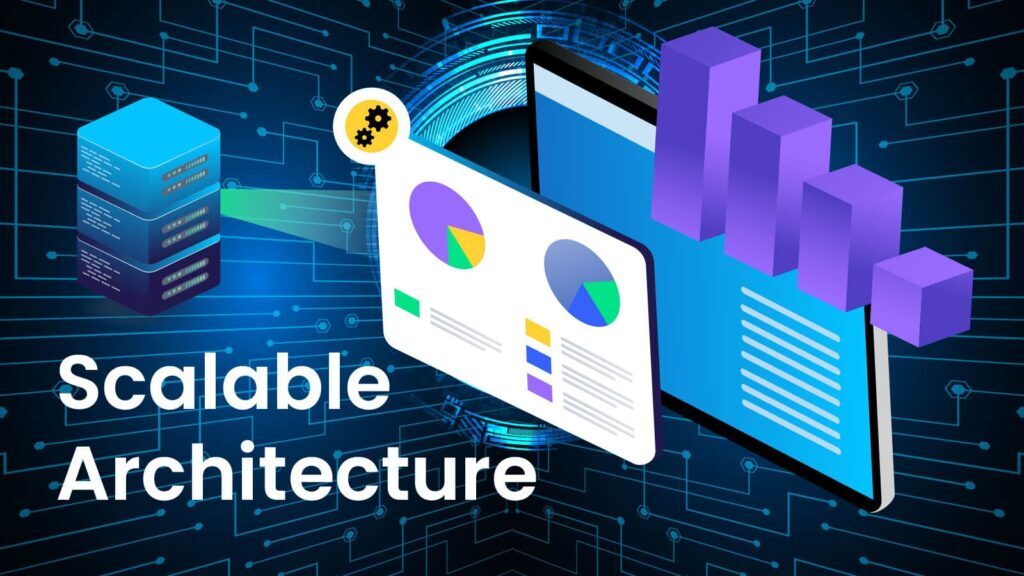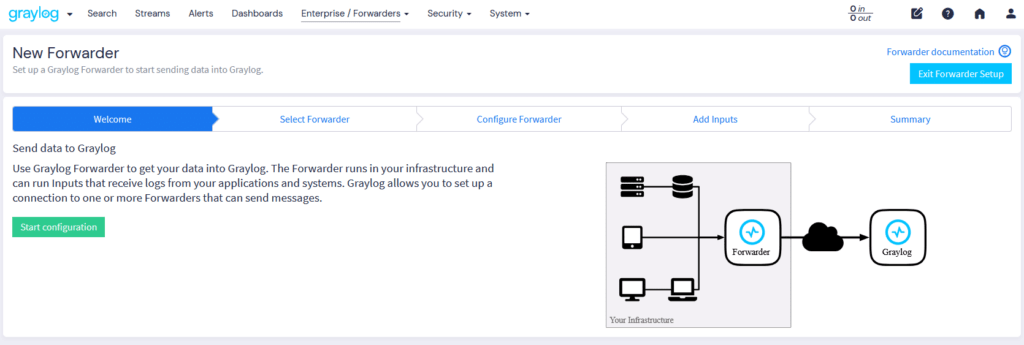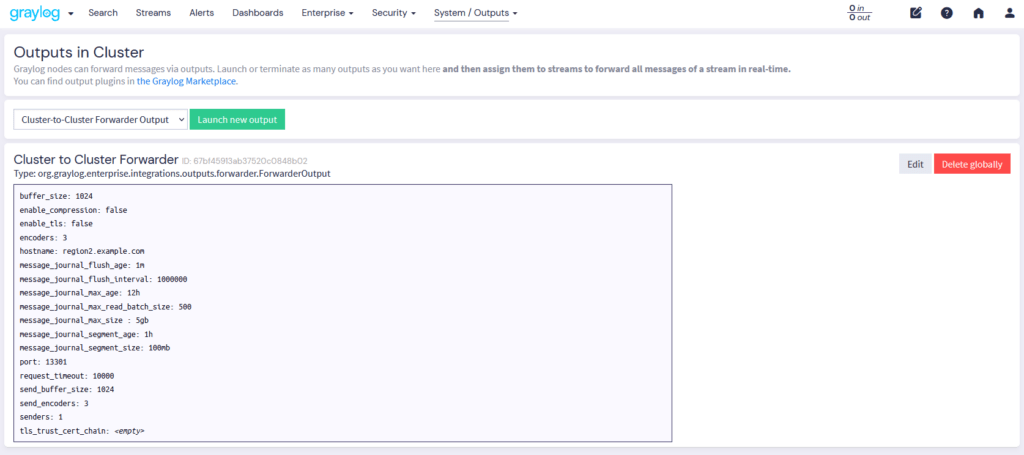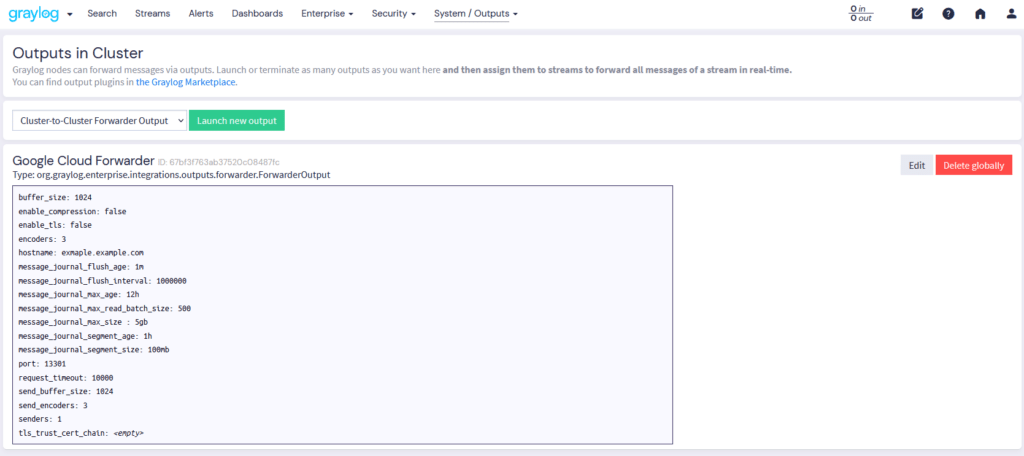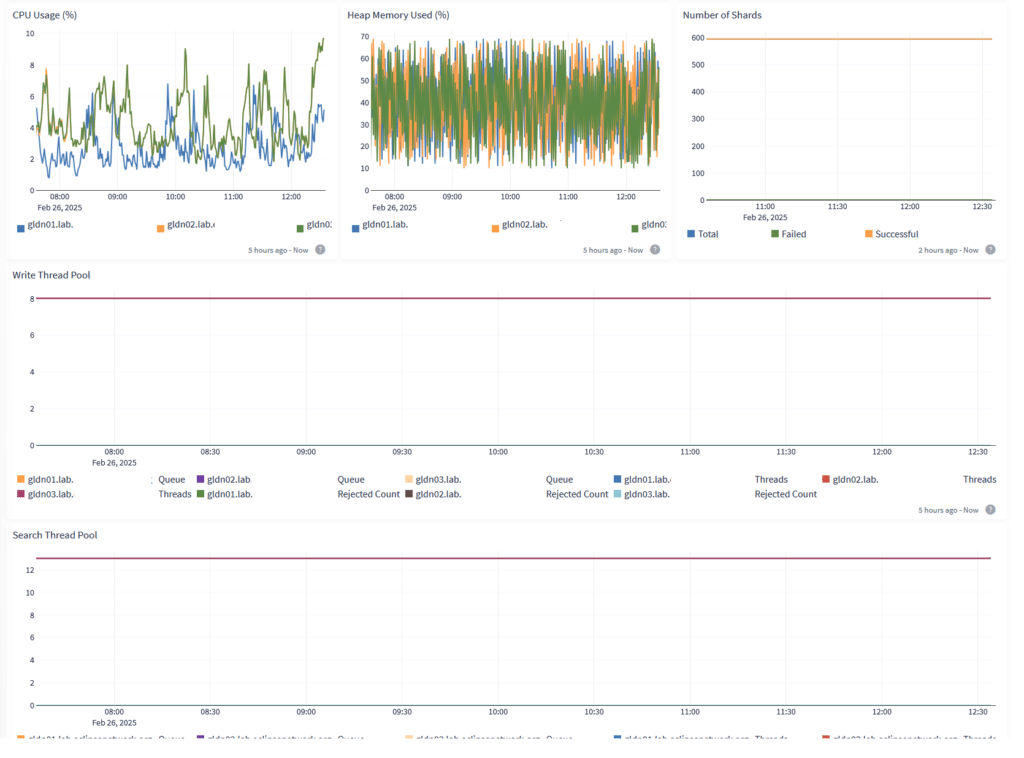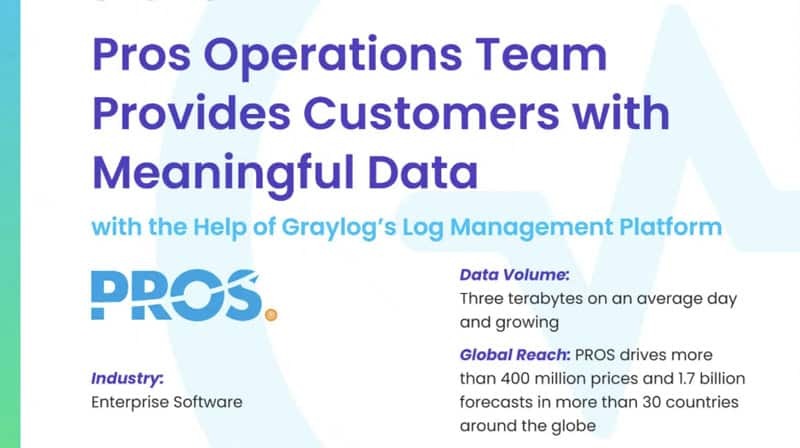Graylog’s Scalable Architecture isn’t just about handling more data—it’s about ensuring efficient, reliable, and secure data flow across your organization. Whether forwarding logs between clusters, optimizing storage, or tiering data for long-term retention, these features deliver unmatched scalability and operational efficiency. Plus, with Graylog’s robust API, you can seamlessly integrate with your existing security stack, automate workflows, and extend functionality across SOAR platforms, and other enterprise systems. This means real-time log insights where you need them, automated responses to critical events, and the flexibility to adapt to evolving security challenges—without disrupting your operations.

